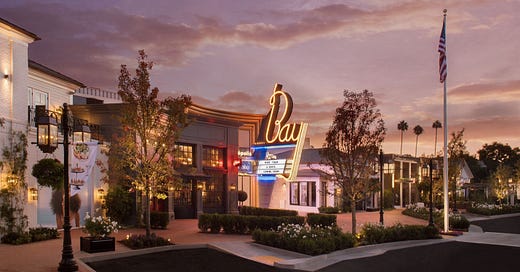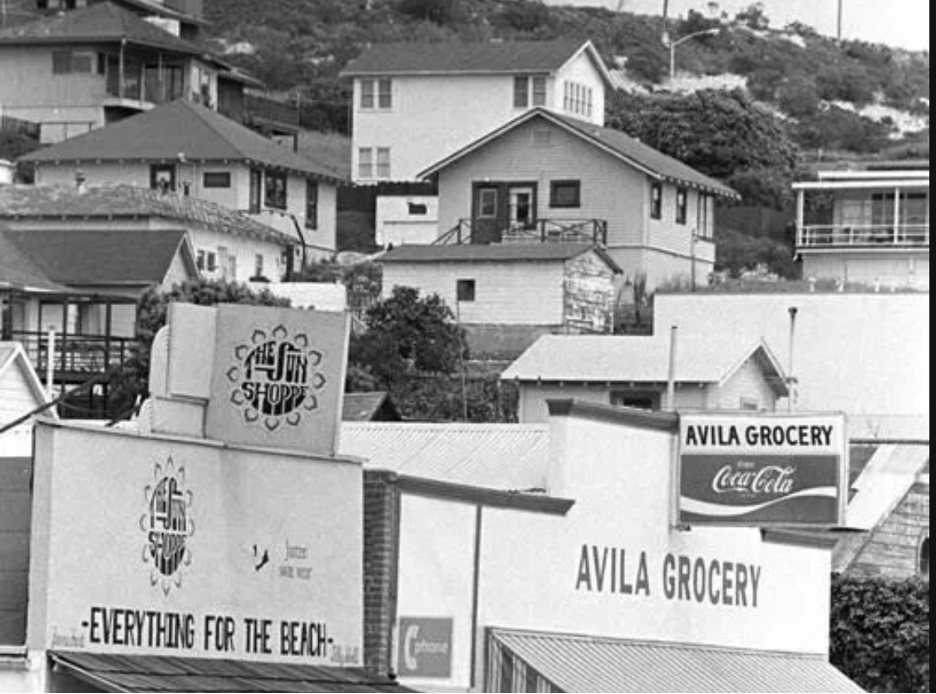Can L.A.'s Neighborhoods Build Back With Both Urbanism And Resilience?
It usually takes a long time to plan a "replacement community". But L.A. has the zoning in place. Can the Palisades and other communities build back quickly urbanism and resiliency all at once?
The other day my good friend and longtime colleague Josh Stephens wrote a pretty moving piece in California Planning and Development Report (in front of the paywall) arguing that Pacific Palisades could be rebuilt in a way that improves both the community’s resiliency and its urbanism. Josh grew up part of his childhood in the Palisades and now lives nearby. In part, he said:
In building back the Palisades, we can add 2-3 stories of apartment units to all of those commercial buildings in Palisades Village]. If European cities are any guide, it can come back even livelier and more uplifting than it once was. Meanwhile, residents who rebuild their homes have the exciting new option of building duplexes and/or ADUs with no questions asked. It can achieve elegant density. (It's worth noting that many homes in the Palisades were under-occupied, with, for instance, empty-nesters staying put in houses where rugrats once scurried and teens once sulked. Those neighborhoods can easily absorb sublettors and mothers-in-law.)
Palisades Village before the fire
This is an interesting take on an old problem: How can you take a community that’s been destroyed – in this case, by fire – and build it back both quicky and better. As I wrote the other day in this space, usually after a disaster the initial impulse is the build back better even if it takes time – but when it sinks in that people’s lives have been disrupted, that impulse switches to build back the same thing as quickly as possible.
Because, typically, it takes time to build back better.
One interesting example is Avila Beach on the Central Coast of California. Located 10 miles from San Luis Obispo, Avila Beach was a kind of typical funky California beach town, a bit scruffy but nevertheless fun.
The old Avila Beach in the ‘70s
Then, in the ‘90s, soil contamination was found under the town because of seepage from adjacent oil facilities. The seepage had been going on for decades and getting rid of the contamination required digging 15 feet down and removing all the soil.
Which meant completely destroying a beloved funky beach town.
And that situation led something that almost never happens: A planning process to completely rebuild the town in a new – and better – way.
Although most of The Future Of Where’s content is free, this post is not. To gain access to all our posts and insights — and helping us stay in business — please consider becoming a paid subcriber.





